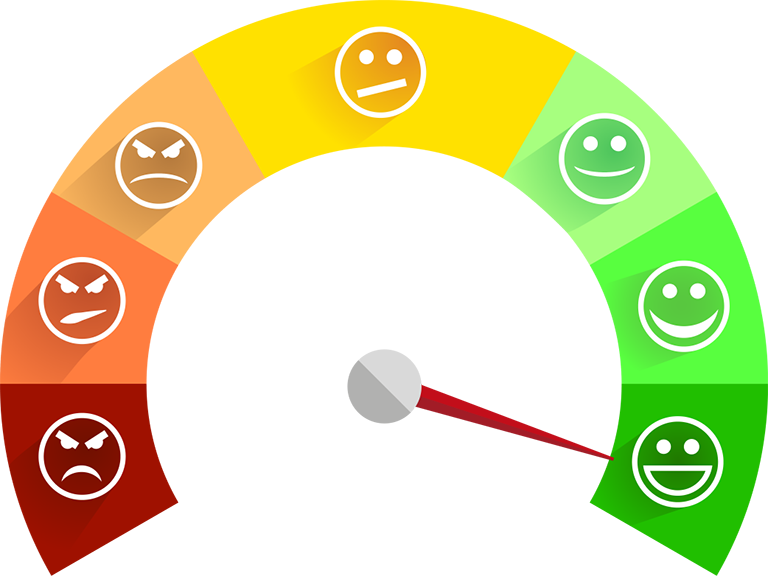
For example, an e-commerce company can use predictive modeling to identify different customer segments based on their browsing behavior, purchase history, and demographic data, and then tailor its product recommendations and promotional offers accordingly.
A subscription-based business, such as a streaming service, can use predictive modeling to monitor customer engagement metrics and identify subscribers who are likely to cancel their subscriptions. The company can then target these customers with personalized retention campaigns, such as special offers or exclusive content, to encourage them to stay.
A software company, for instance, can use predictive modeling to analyze customer usage data and identify users who are likely to benefit from a more advanced version of their product. The company can then proactively offer these customers an upgrade, increasing the chances of a successful cross-sell.
A B2B company, for example, can use predictive lead scoring to prioritize its sales efforts, focusing on the leads that are most likely to convert into customers. This ensures that the company's resources are allocated efficiently, leading to a higher return on its marketing investments.
A retailer, for instance, can use predictive modeling to forecast the impact of a sale on customer demand and inventory levels, allowing them to set prices that maximize revenue while minimizing the risk of stockouts or excess inventory.
For example, a travel company can collect data on customer searches, bookings, and reviews to build a comprehensive customer profile.
For instance, a financial institution may need to standardize customer income data from different sources before using it in a predictive model.
A retail company, for example, can use a random forest algorithm to predict customer churn based on factors such as purchase frequency, average order value, and customer satisfaction scores
A telecommunications company, for instance, can validate its churn prediction model by testing it on a subset of customer data and comparing the predicted churn rates with actual churn rates.
For example, a media company can deploy its predictive models to personalize content recommendations for each user, increasing engagement and loyalty.